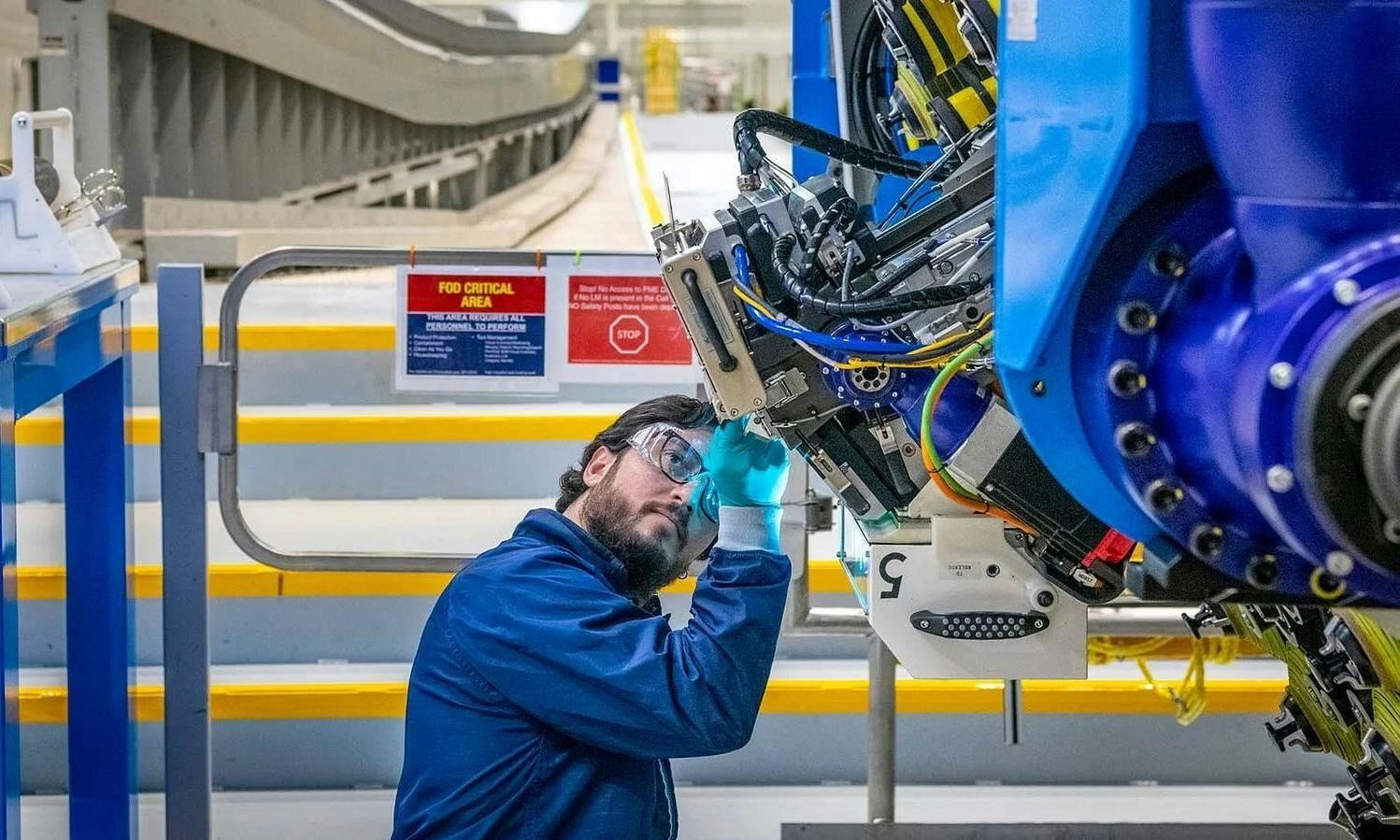
Smarter email, faster business.
Trending
Categories
American Airlines Flight Makes Emergency Landing After Engine Fire
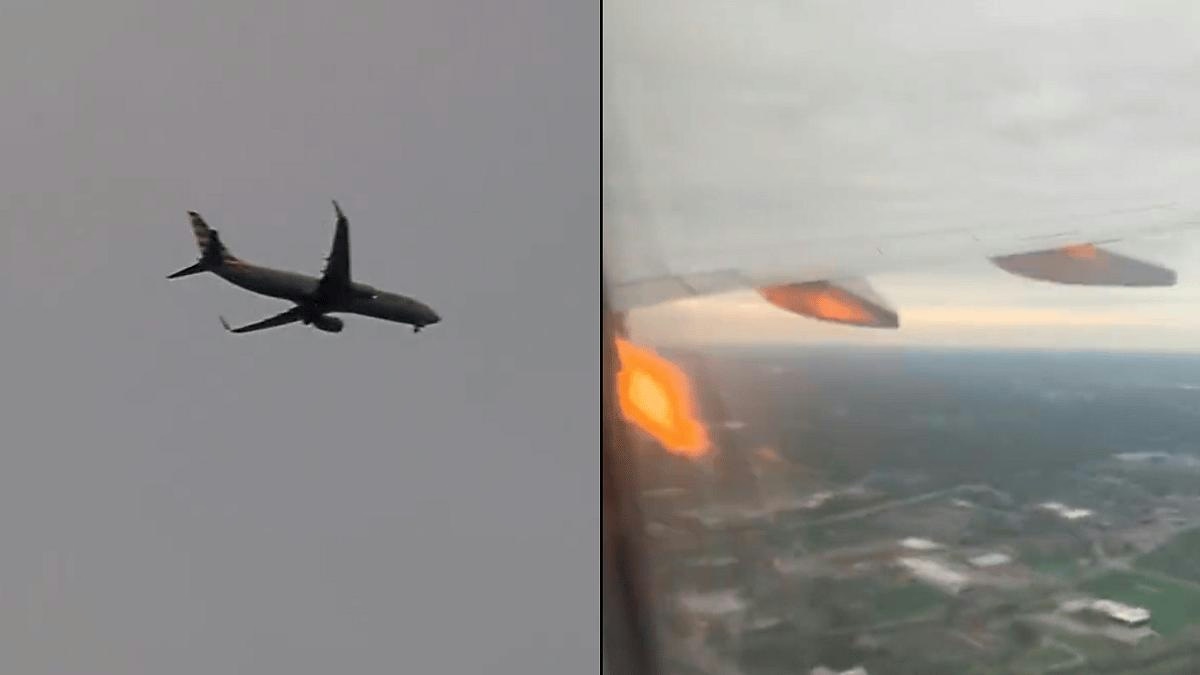
American Airlines Flight Makes Emergency Landing After Engine Fire
An American Airlines flight departing from Las Vegas was compelled to make an emergency landing on Wednesday after smoke was observed emanating from one of its engines shortly after takeoff. Passengers described the ordeal as “extremely tense,” with one traveler recounting to NBC News that “it felt like forever, and every time that the engine popped it sounded like gunshots.” The incident unfolded rapidly, with crew members responding promptly to secure the safety of all on board.
Immediate Response and Safety Concerns
The emergency landing has prompted immediate concerns for American Airlines, which now faces the dual challenge of addressing passenger anxieties and reinforcing confidence in its safety protocols. The airline has emphasized that ensuring the safety of future flights remains a top priority as it investigates the cause of the engine fire and undertakes a thorough review of its maintenance procedures.
Industry and Regulatory Implications
Aviation experts note that incidents of this nature typically attract scrutiny from regulatory authorities, who may initiate formal investigations to evaluate compliance with safety standards. In addition to regulatory oversight, American Airlines could encounter potential insurance claims related to the emergency landing and any associated damages.
The event has also drawn the attention of competing carriers, some of which may seek to underscore their own safety records in the wake of the incident. This competitive environment highlights the critical importance of transparency and proactive communication for American Airlines as it navigates public perception and regulatory demands following the emergency landing.
For the latest updates on the investigation and the airline’s response, readers are advised to consult official statements and ongoing news reports.
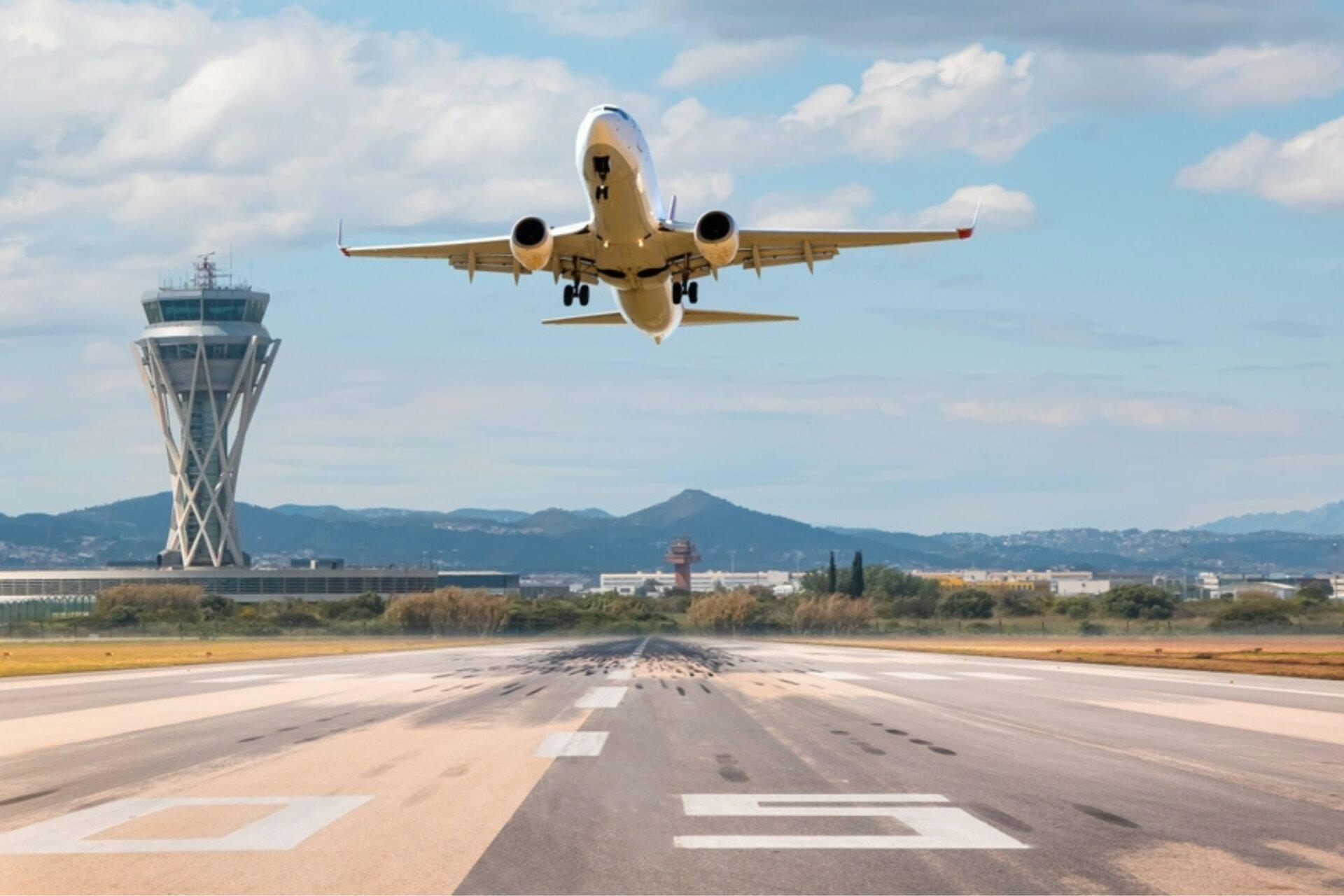
AAPA Prepares for 2025 Aviation Safety Seminar in Manila
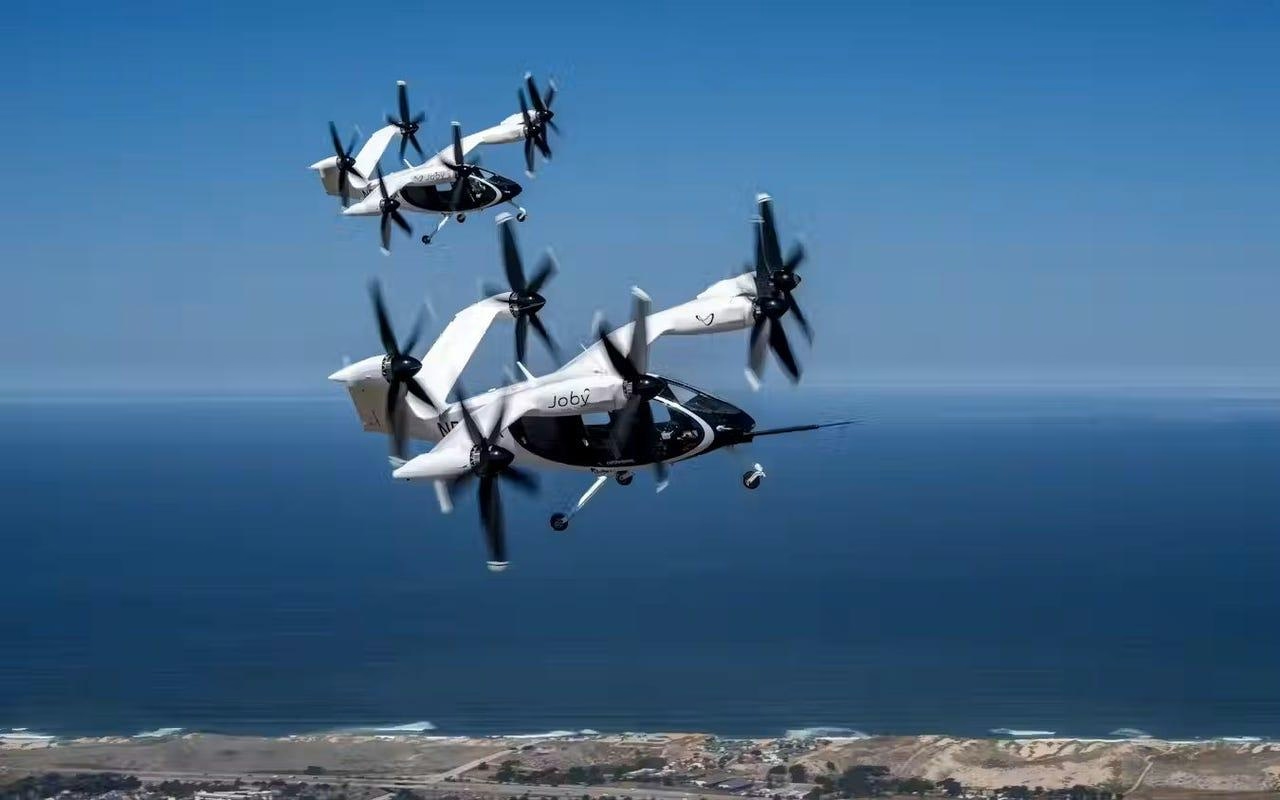
Joby Aviation Conducts Electric Air Taxi Test Flights in Marina

Hamden Aviation CMO Alexander to Speak at Cargo Facts Symposium 2025
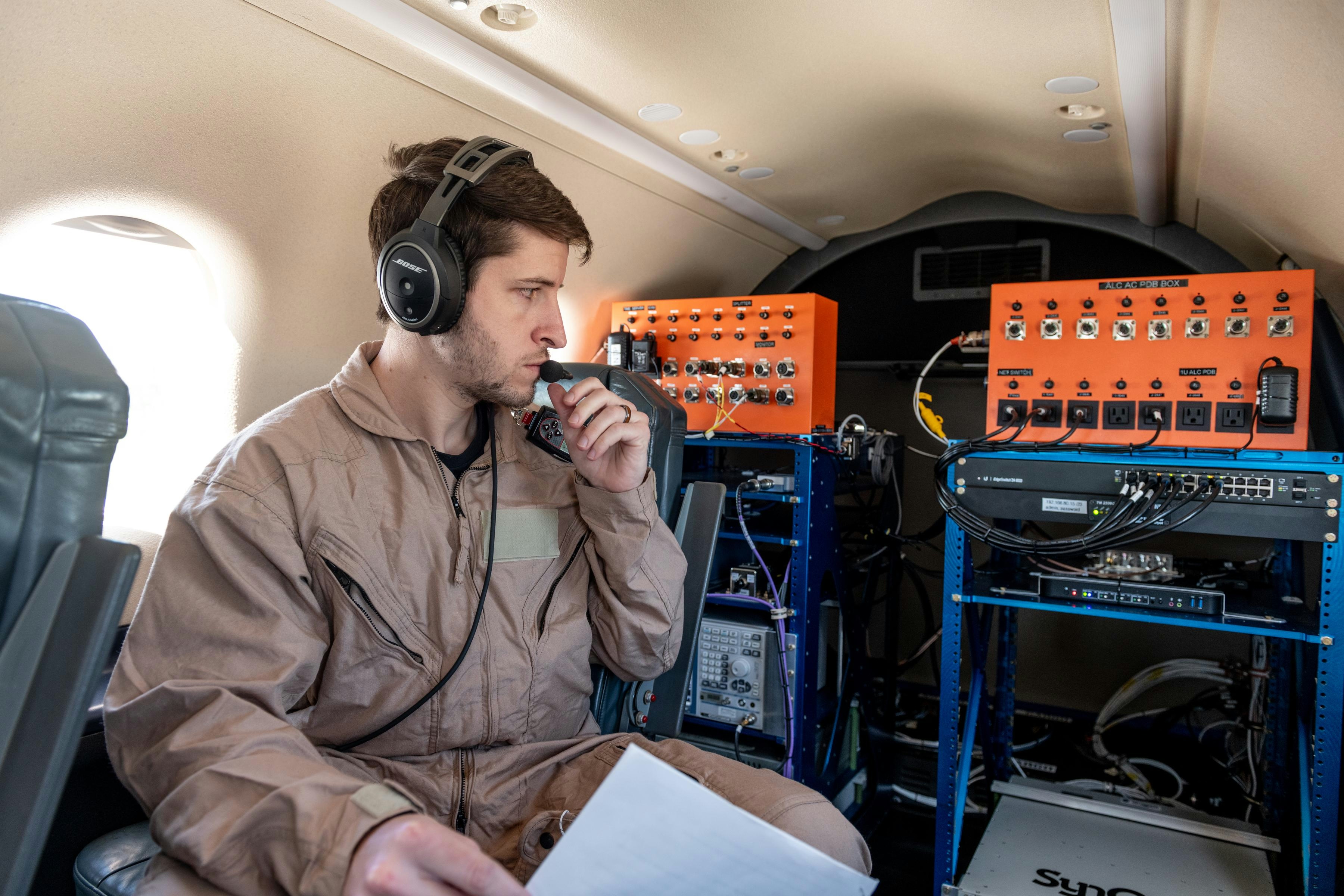
NASA Tests 5G Network to Enhance Air Taxi Connectivity
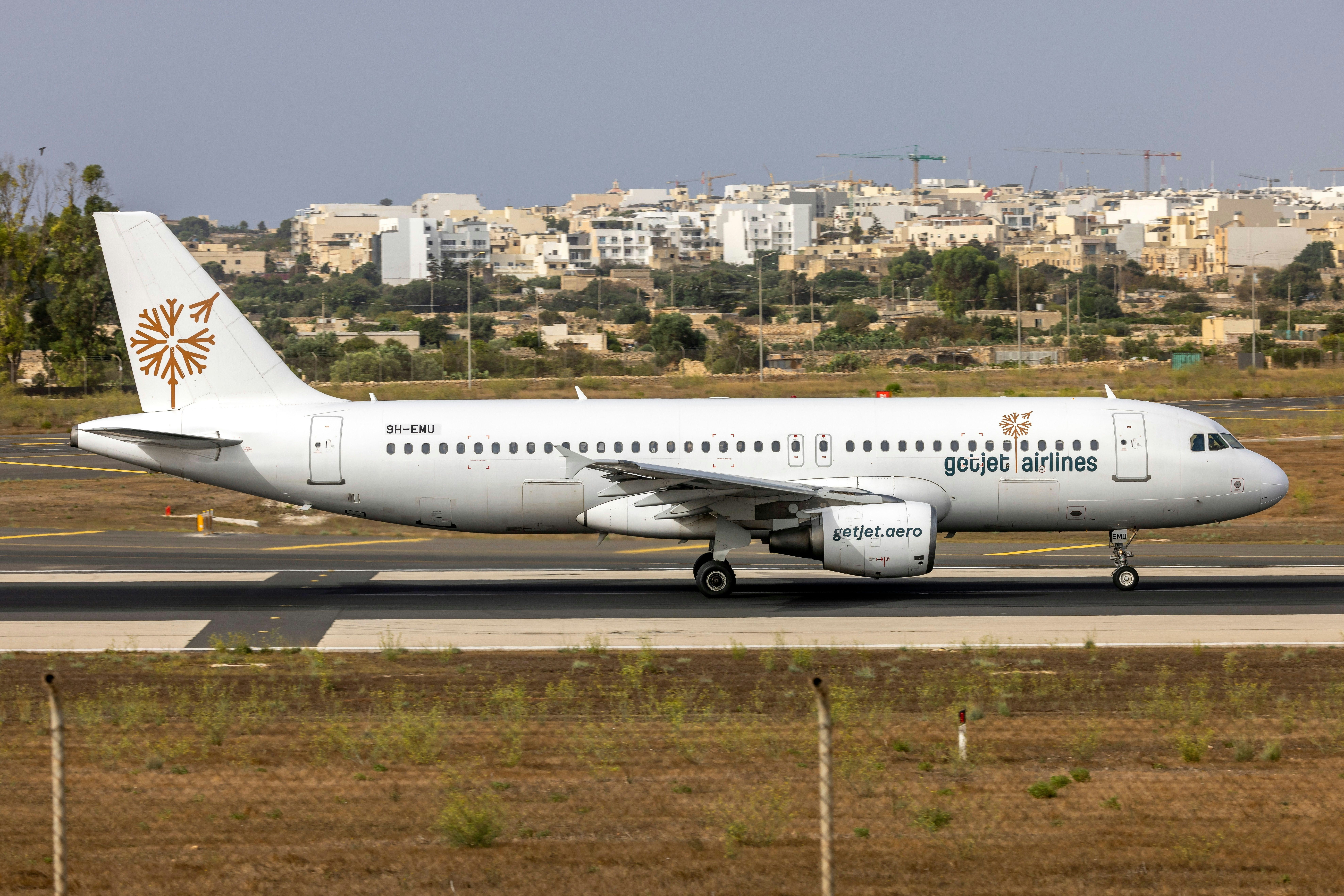
GetJet Aviation Holdings Reports €25.4 Million Net Profit for 2024
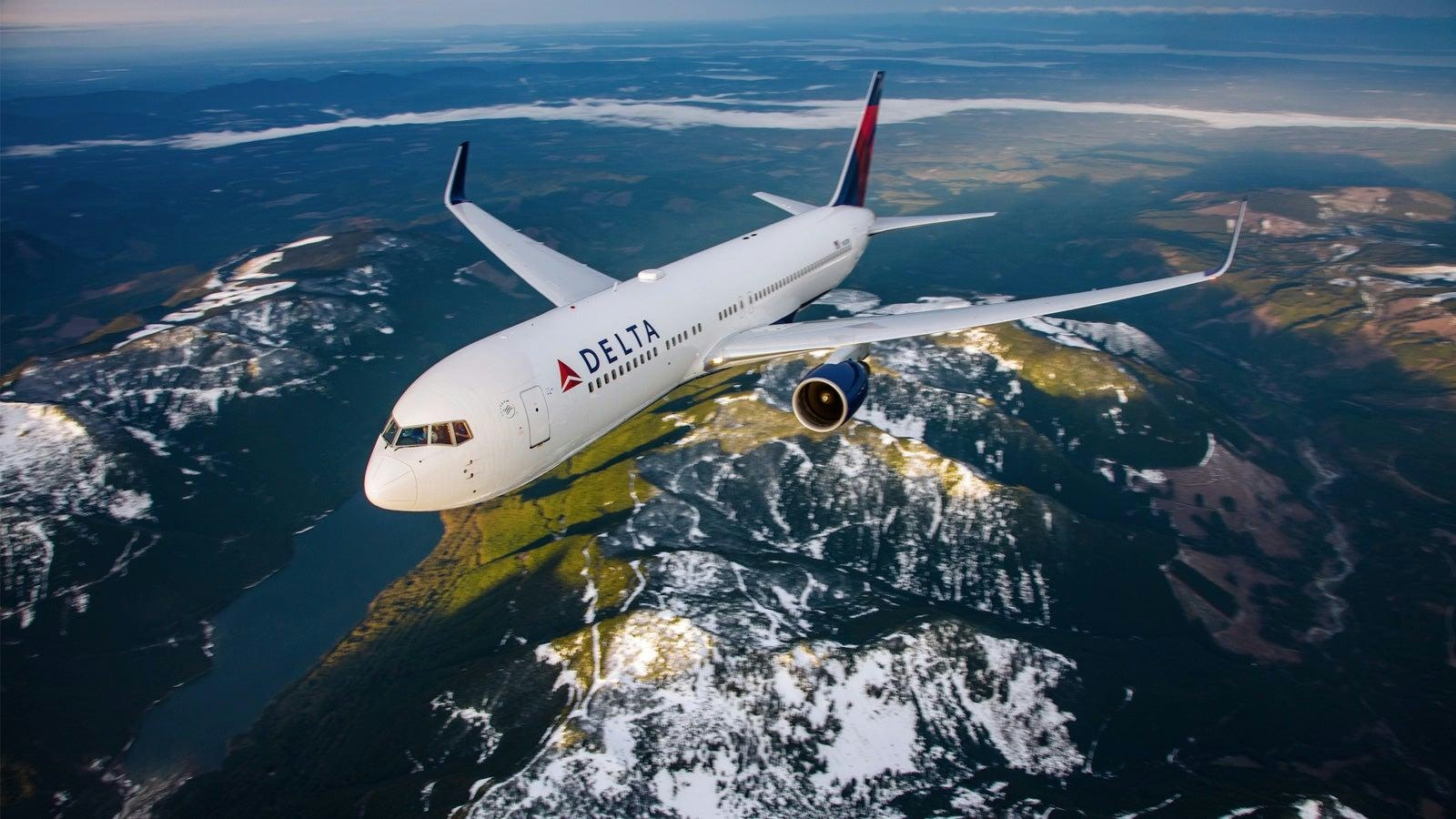
AI Company Claims to Personalize Delta Flight Prices
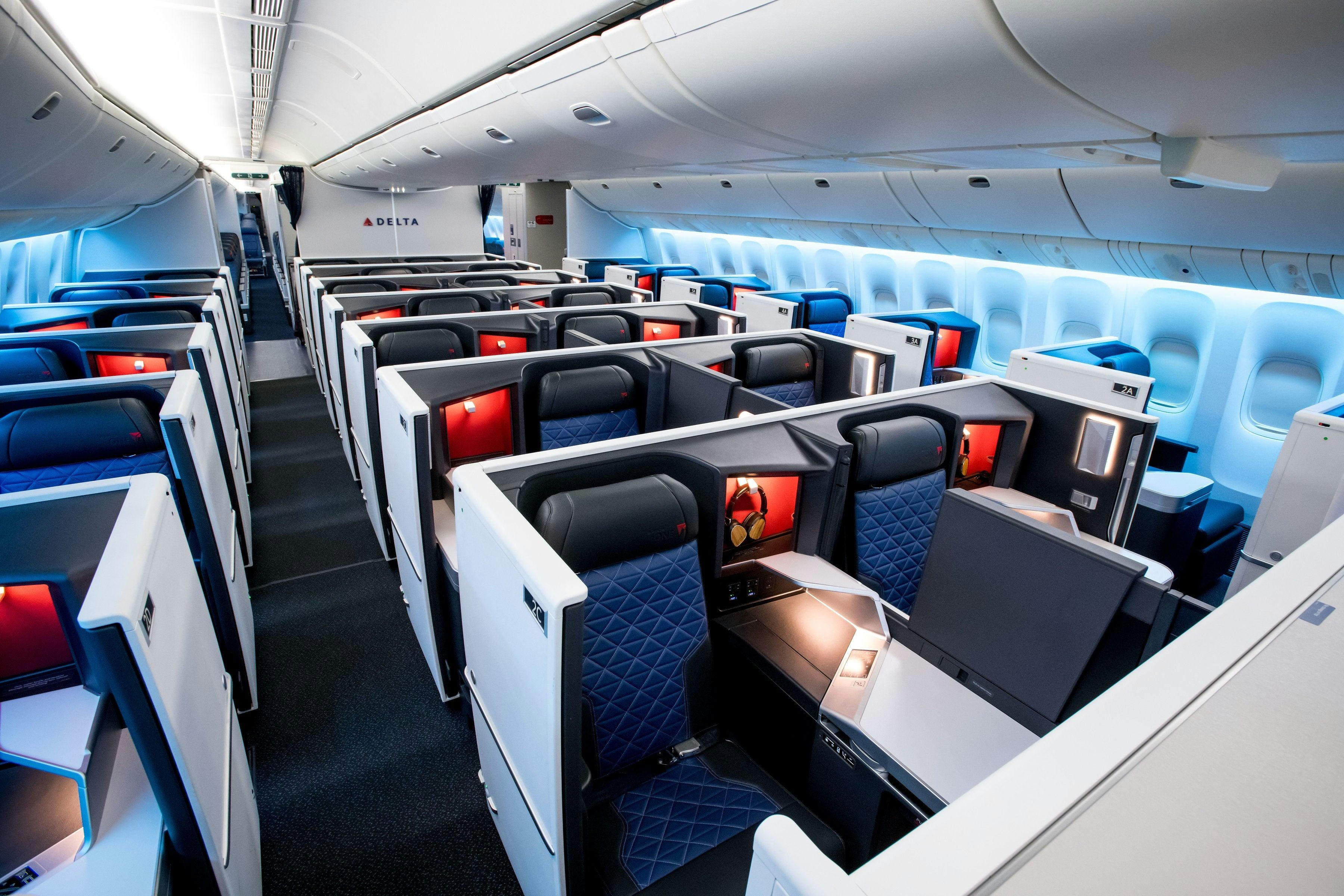
How Delta’s AI Pricing Could Impact the Cost of Flying
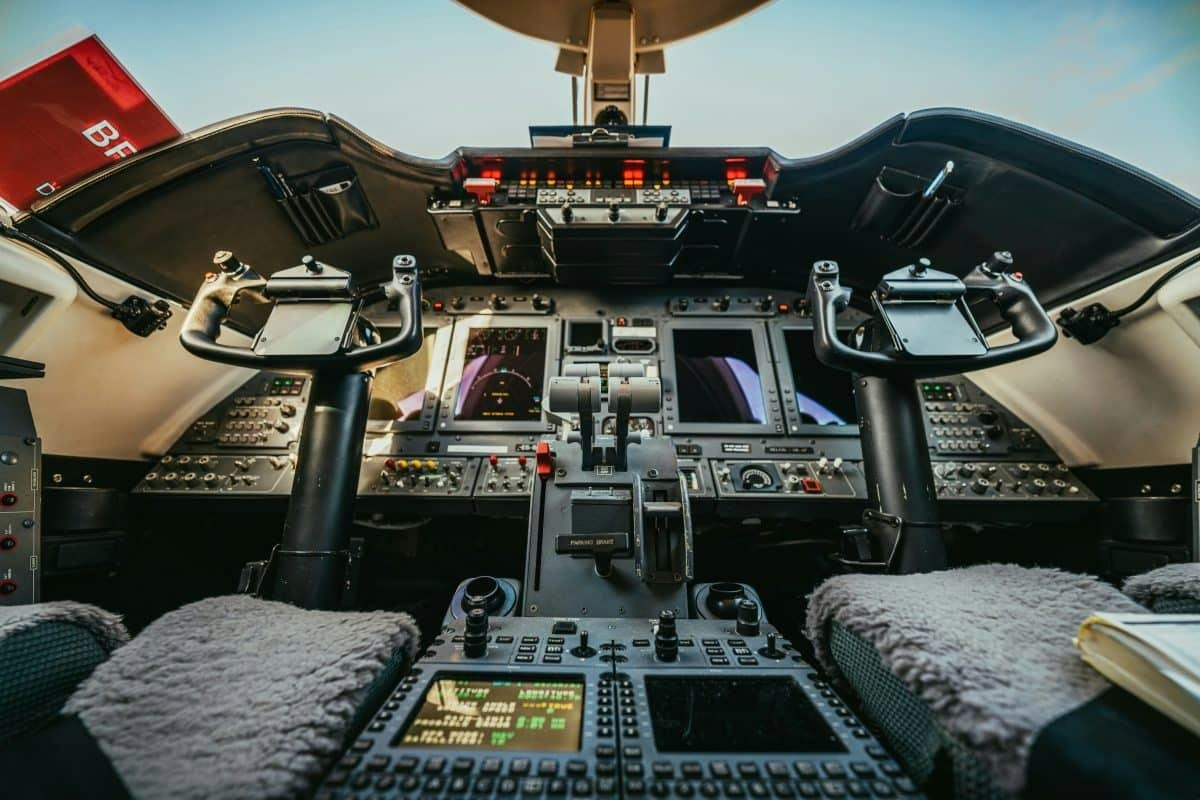
Commercial Electronic Flight Bag Market Projected to Reach $12.4 Billion by 2034
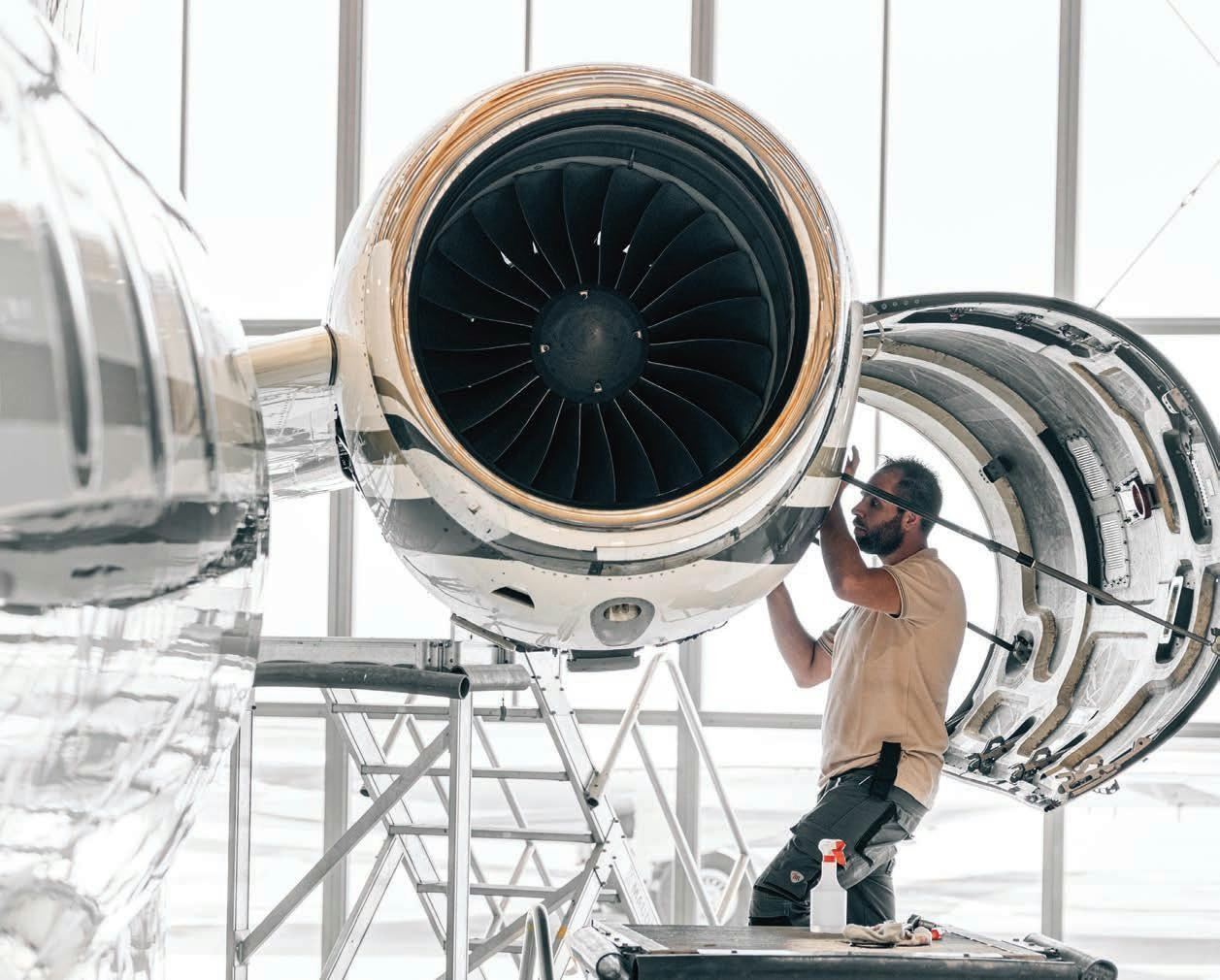
Essential Turbines Inc. Acquires AeroMaritime Mediterranean, Establishes European MRO Hub
